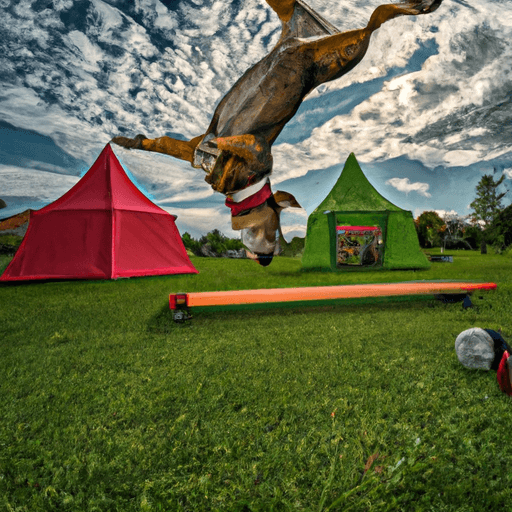511
Newsletter
Subscribe to our newsletter for exclusive content, latest news and trends, and exciting new features.
Tranding
Categories
Education and learningEntertainmentPets and animalsArts and cultureBeauty and personal careBusiness and entrepreneurshipLiterature and writingHome and gardenFood and cookingLifestyleTechnologyGaming and esportsSports and fitnessEnvironment and sustainabilityScience and natureHealth and wellnessMusic and EntertainmentTravel and tourism

















Comments
Leave a Comment